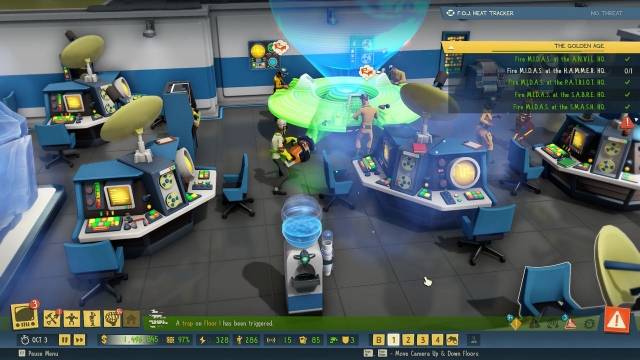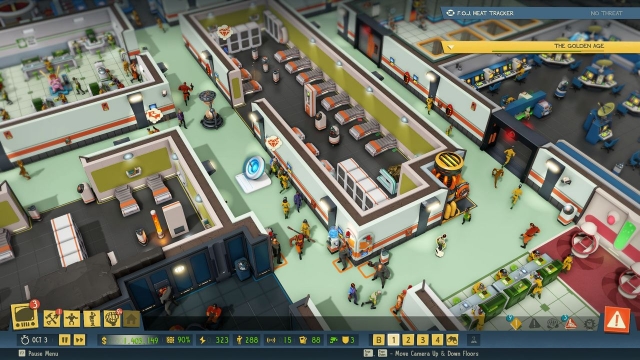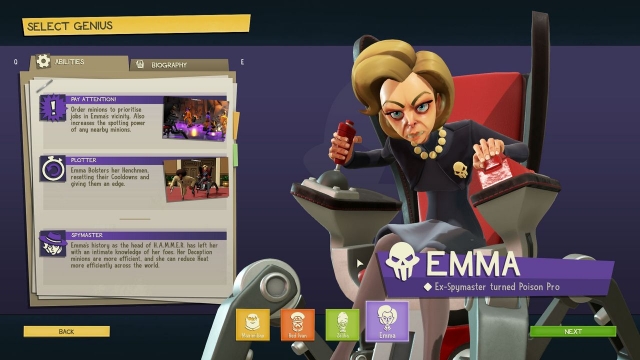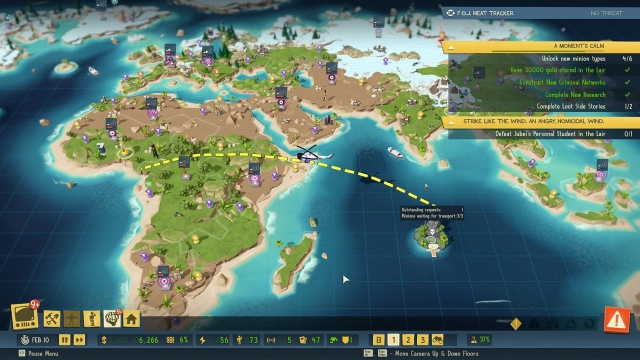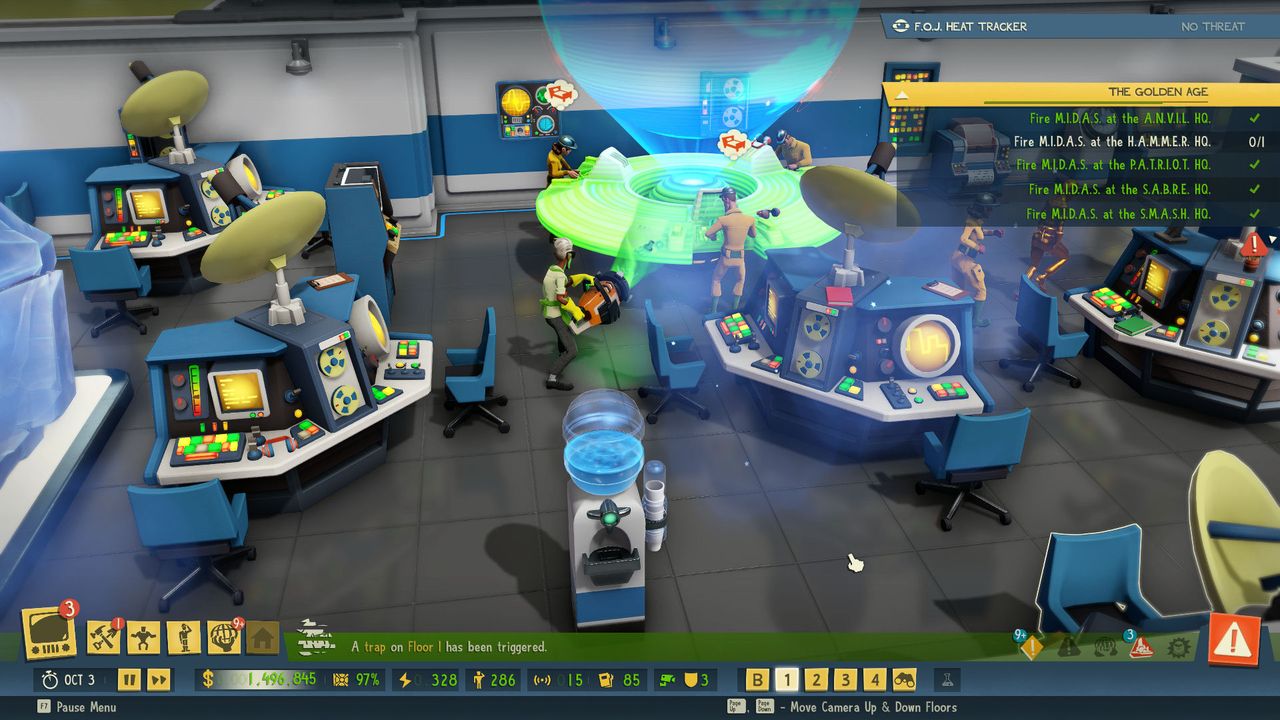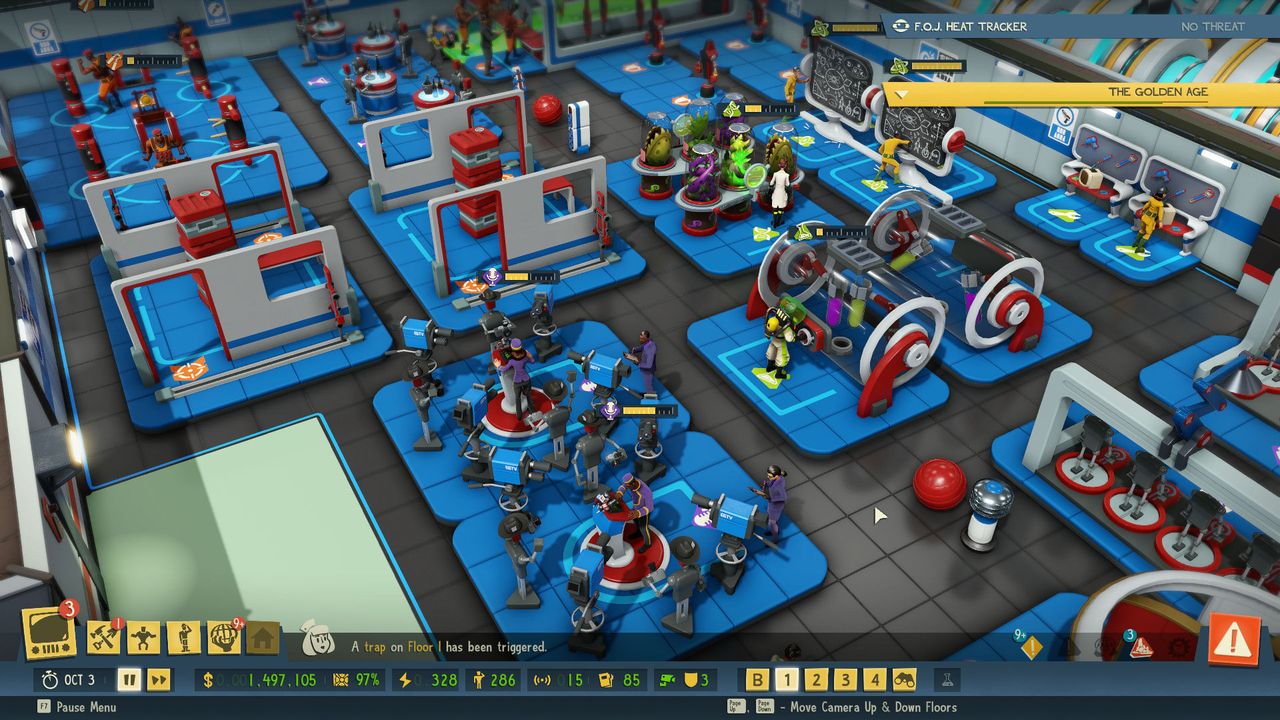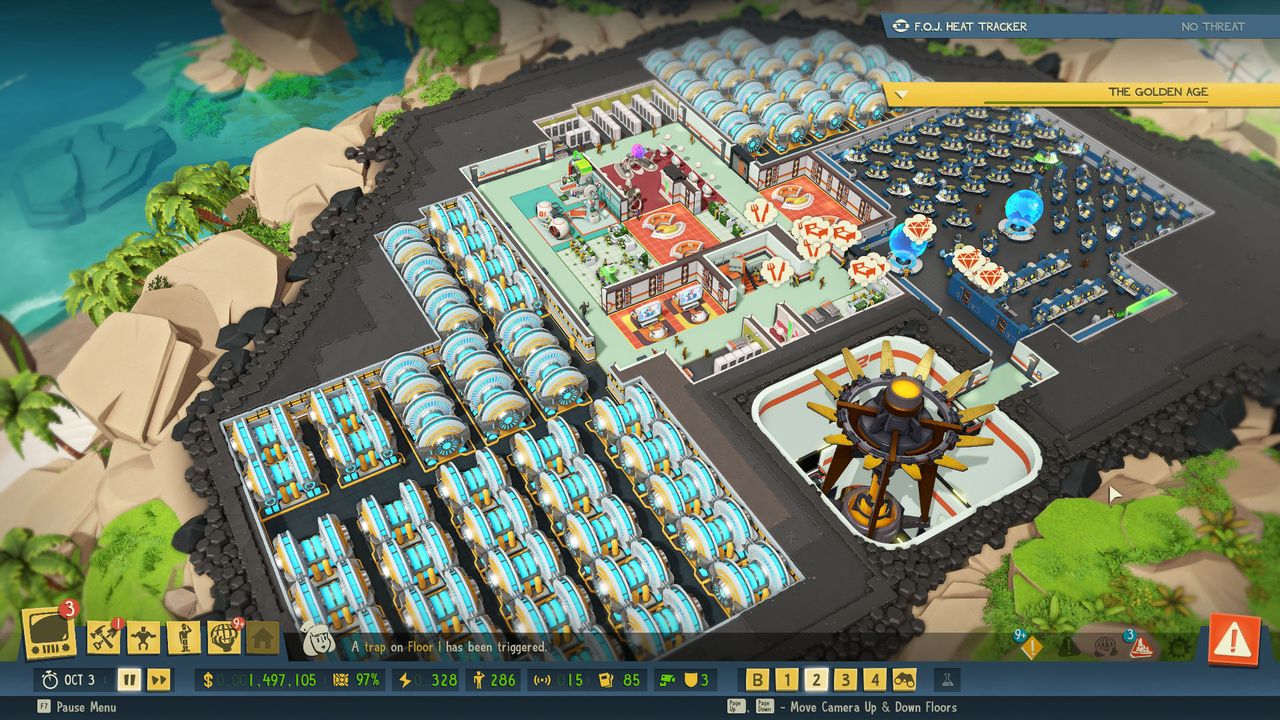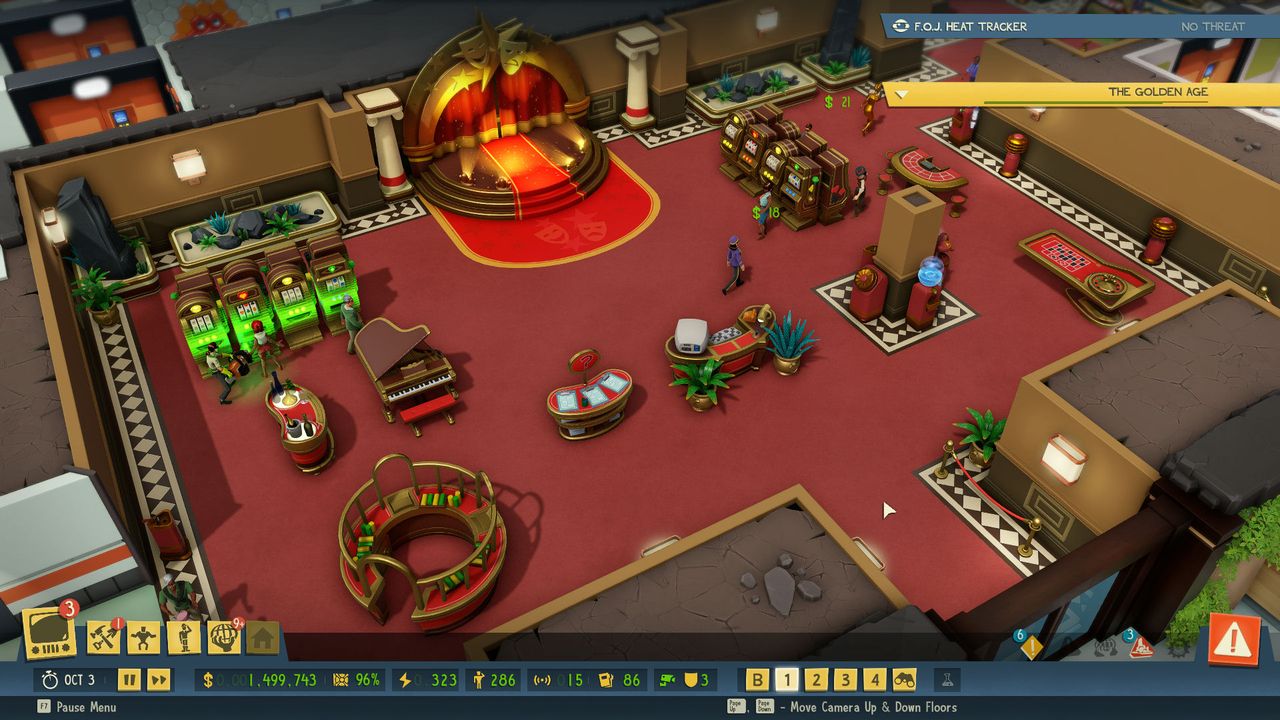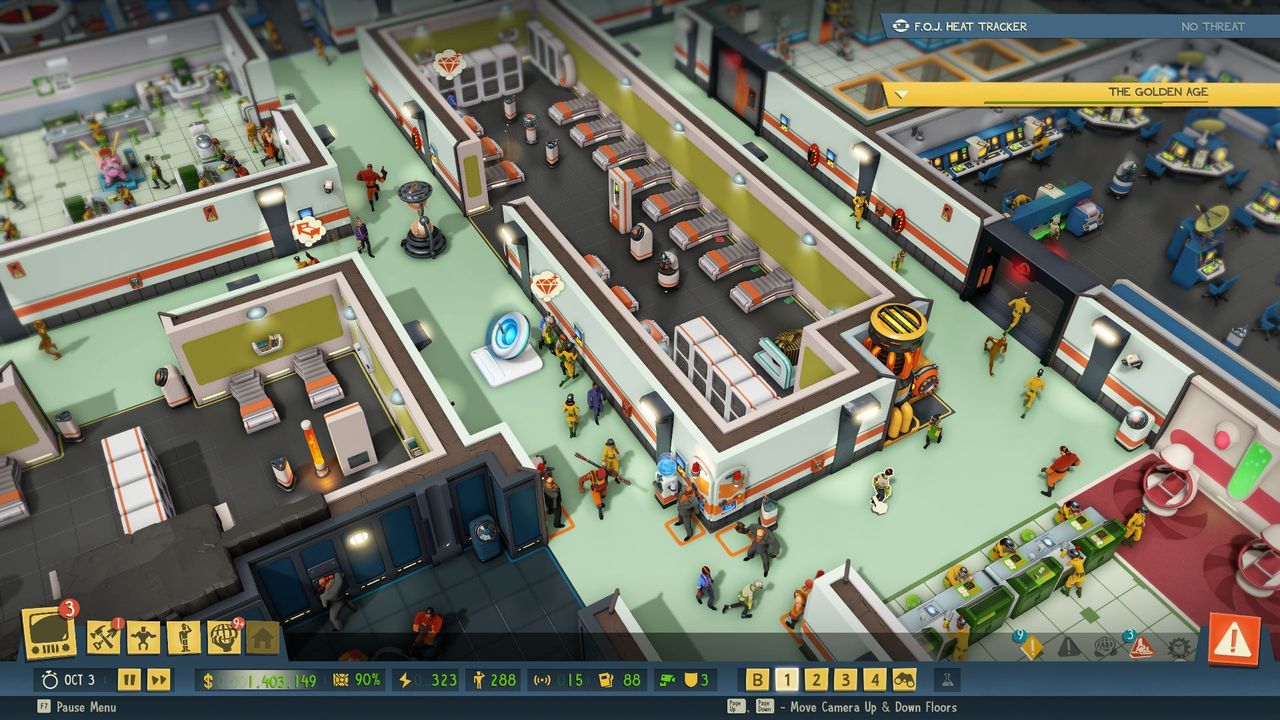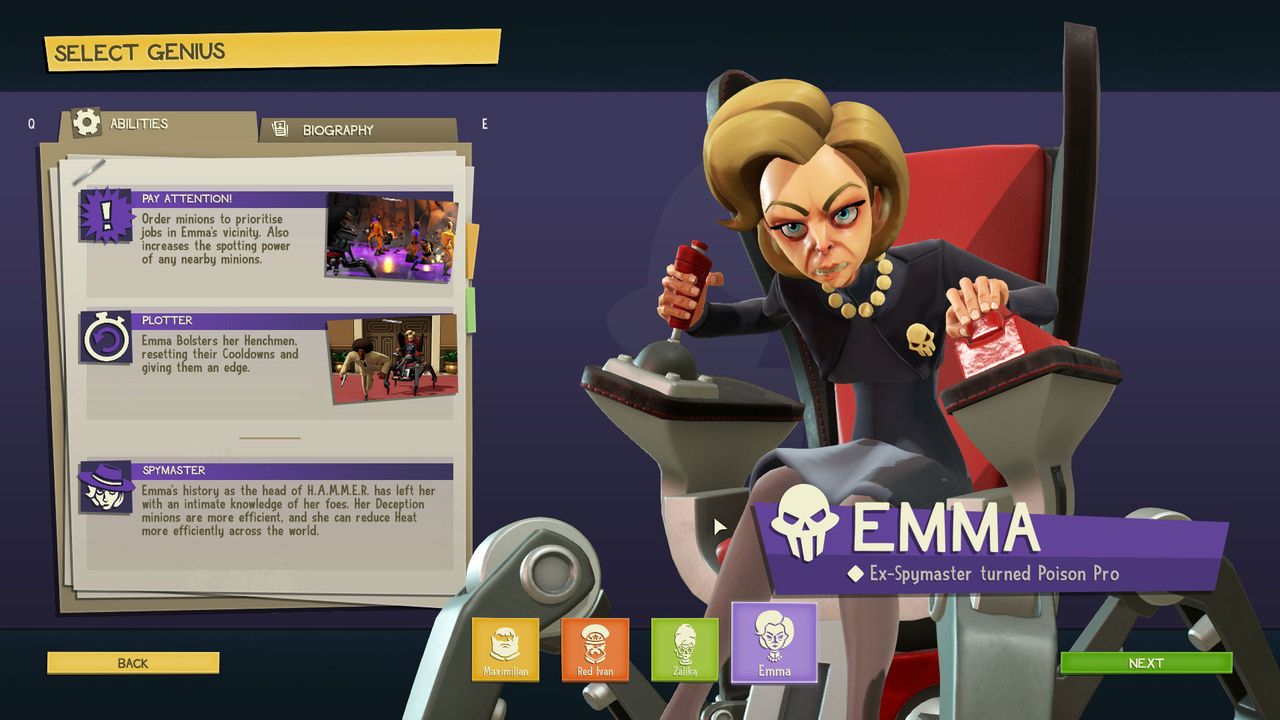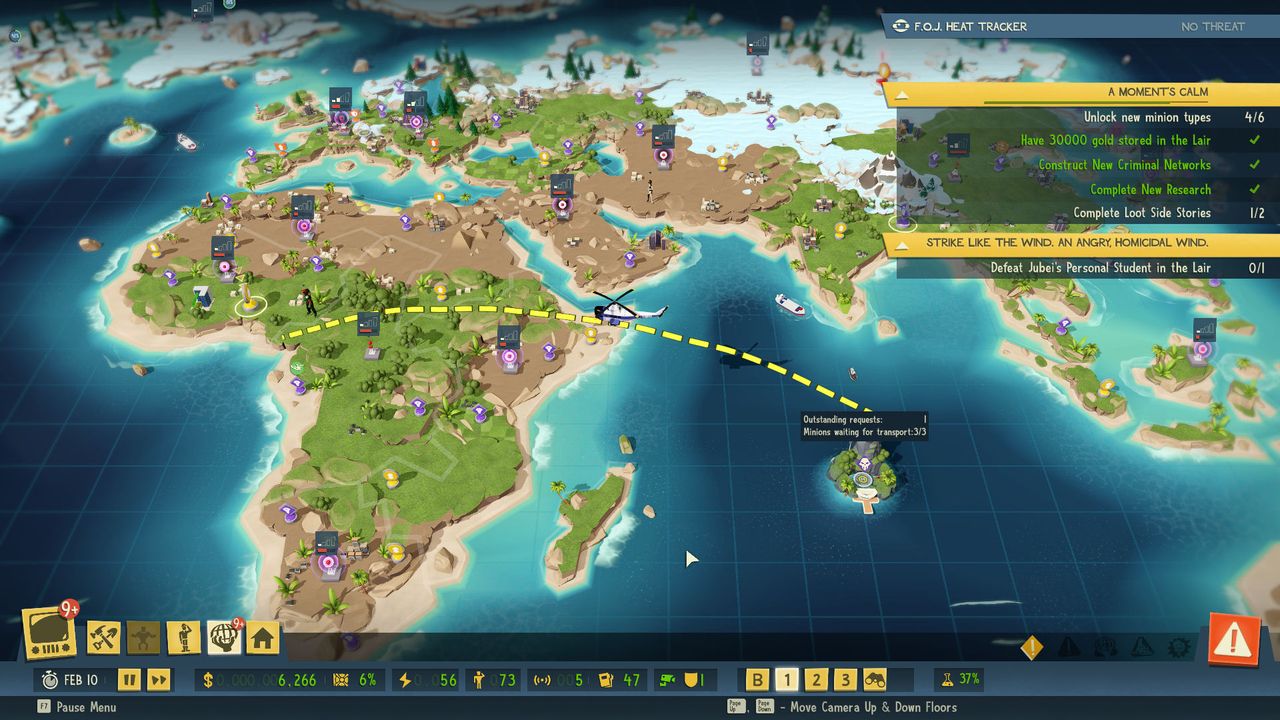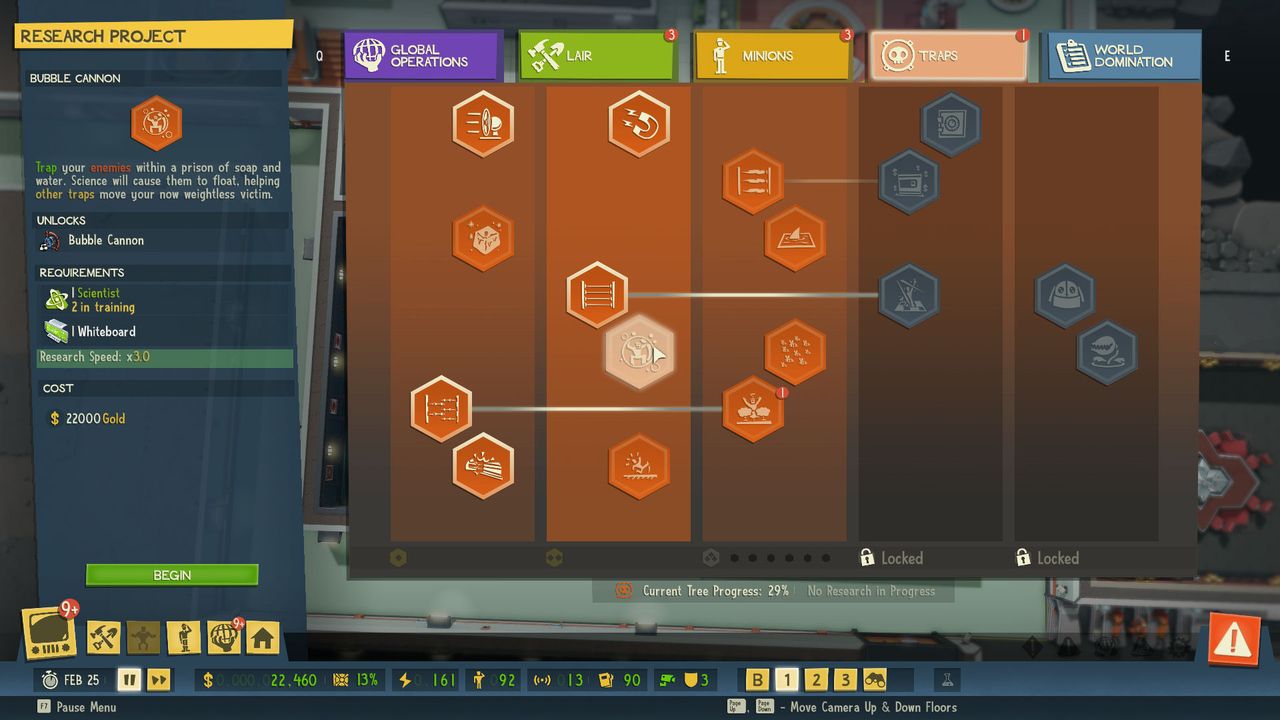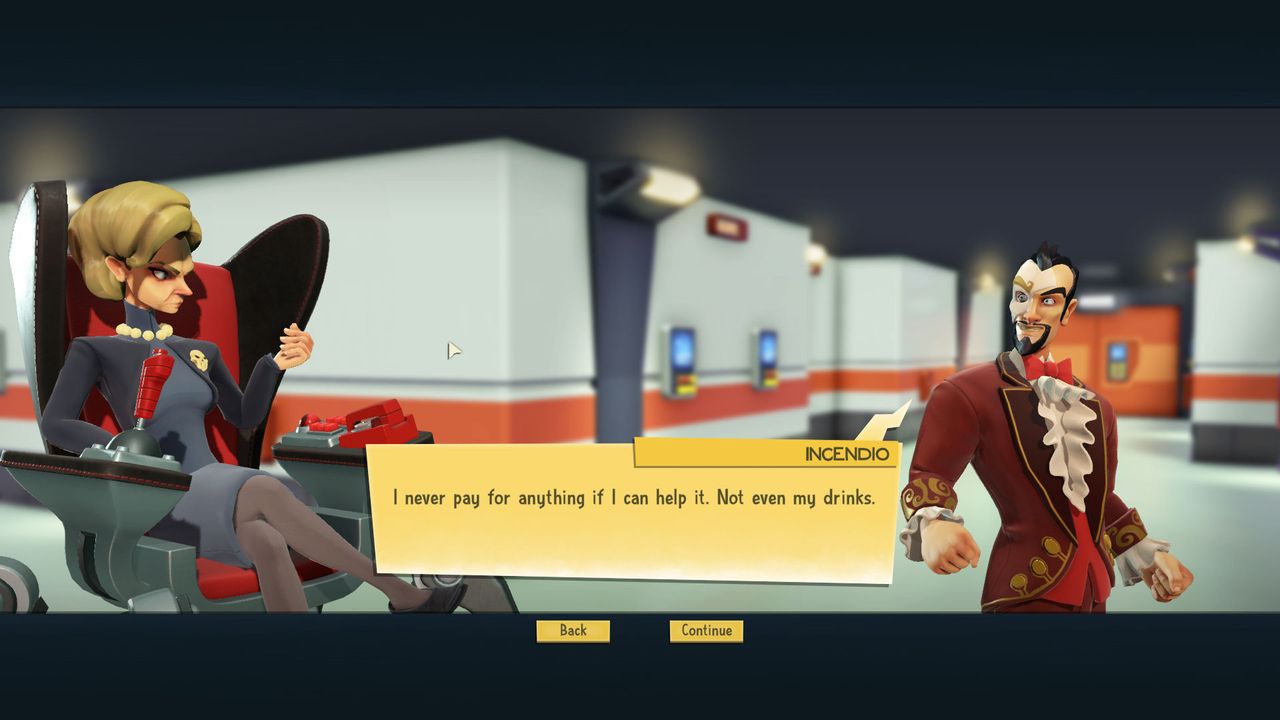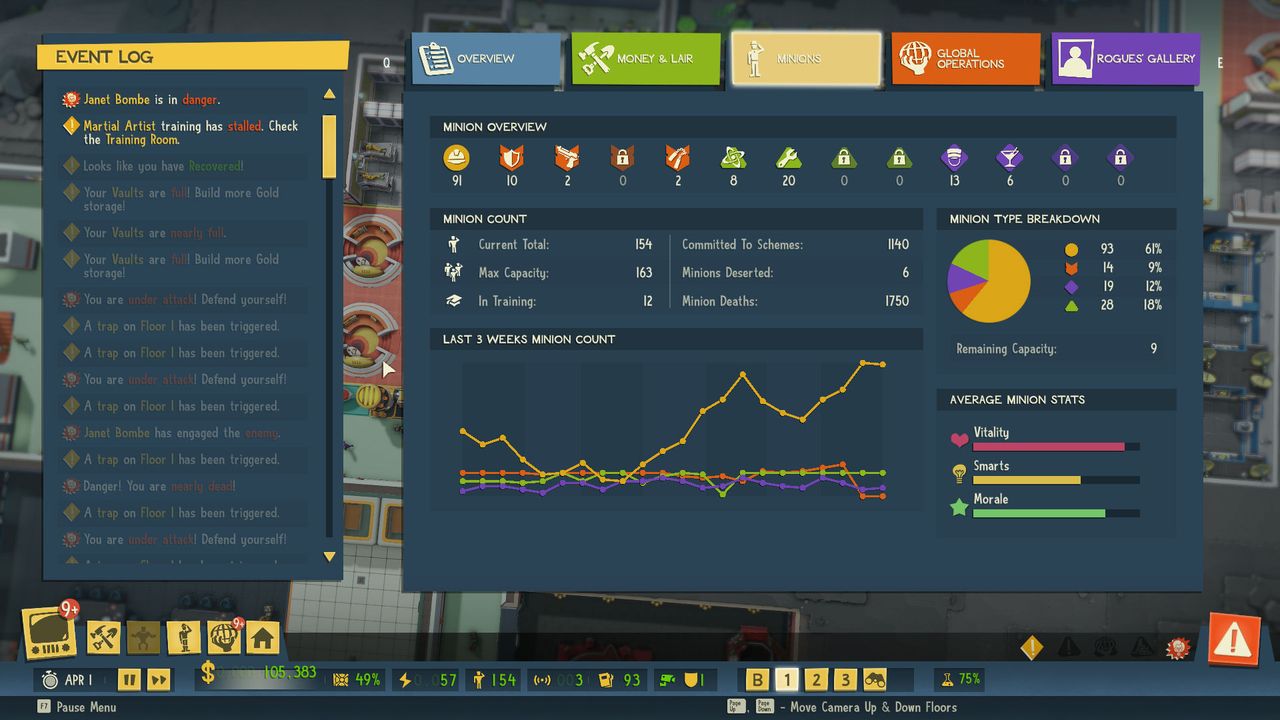Evil Genius 2: World Domination

Evil Genius, released by Elixir Studios in 2004, was a strategy game in the same vein as Dungeon Keeper and Dungeons, where you built and protected your base from agents of justice while also performing “Acts of Infamy” on the world map so you could eventually set off your doomsday device and take over the world. The game was fun, but it was also short and had little in the way of replay value because the evil geniuses and their doomsday devices were only cosmetically different, and so after playing twice — once to learn the game mechanics, and once to build your “perfect” base — there wasn’t much reason to play again.
Evil Genius (EG) received good but not great review scores, and, perhaps not coincidentally, Elixir Studios closed soon after its release. However, a year later Rebellion Developments bought Elixir’s intellectual property, including Evil Genius, and after marinating the project for 15 years, they’ve finally come out with Evil Genius 2: World Domination (EG2). The sequel modernizes the game while making numerous changes to its mechanics, especially on the world map. So does this mark an improvement — or not? Keep reading to find out.
There are three things you need to do during a game of EG2. You need to build your base and keep your minions happy; you need to defend your base from the agents of justice, including powerful super agents; and you need to run schemes on the world map to support your operations — mostly by stealing money. I’ll cover each of these topics in turn.
Building a base is the best part of EG2. There are 15 types of rooms for you to construct, including corridors (the only place where you can set traps for enemy agents), vaults (where you store your ill-gotten gains), control rooms (which are required for running schemes on the world map), and your inner sanctum (which is different for each of the game’s four evil geniuses).
There are also rooms for keeping your minions happy. Minions only have three attributes — morale, smarts, and vitality — and they have to use different rooms in your base to keep those values high. Sleeping in the barracks restores their morale and vitality, eating in the cafeteria restores their smarts and vitality, and watching EG-TV in the staff room restores their morale. As you can see, there is a lot of overlap, so keeping your minions happy usually isn’t too difficult.
The game comes with three different islands for you to choose from, and, nicely, they’re different enough in shape and size that each one provides a unique playing experience. For example, one island has two “pillars,” and you have to decide if you want to build in — and defend — each of them, or try and cram everything into one. The islands also include multiple levels where you can build, which gives you a few extra wrinkles for how to organize your layout.
When enemy agents come a-calling, most of them enter through your “cover operation” — aka your casino — but some sneak in through your helipad, which means you always have to cover two entrances (unless you can merge them together). To deal with enemies, you mostly need to kill them, since 90% of them are either soldiers (who start out hostile) or investigators (who don’t leave until they find dirt on you). Gone are the days when agents would wander around randomly and try to open every door they could find. Now they’re much more intent on walking straight into your base and causing problems.
To deal with enemy agents, you have two choices. You can kill the musing traps, or you can let your security minions, henchmen, and even your evil genius deal with them. Traps include things like laser walls, shark tanks, and poison darts, and they can be combined together using fans, magnets, and even pinball bumpers to deadly effect. For example, you can use a fan to blow agents into a pinball bumper, which then bounces them into a shark tank, where they die a gruesome death — and never even know what hit them.
While traps are the much more “fun” option, your minions are more effective. That’s because the game includes a guard post, where you can station guards at all times, and a guard table, where guards can wait until they’re called, and then arrive en masse. This means you can always have a bunch of guards show up where they’re needed, and usually make short work of enemy agents.
The campaign that comes with EG2 involves building a doomsday device so your evil genius can take over the world. But to construct the device, you have to complete a long series of objectives, which means running a lot of schemes on the world map. Each scheme requires you to send a group of minions to a location –to steal something, kidnap somebody, plant some false information, or, in general, perform some nefarious act. Minions never come back from these schemes, so you can’t complete them quickly. It always takes a while to recruit and train their replacements.
The world map is divided into five factions and 23 regions (for example, the PATRIOT faction includes the five regions in North America). In order to run a scheme in a region, you have to build a criminal network there. Each network generates “heat” due to their activities, and the total heat for all of the networks in a faction gives you the heat for that faction — where the more heat you create, the more agents they send at you. So along with sending minions to complete schemes, you also have to manage the heat for 23 networks. That’s not a lot of fun, and it turns the world map into a tedious affair.
So how different is EG2 from EG? Revolution Studios made all sorts of changes, some small and some large, and some that I liked and some that I didn’t — but that’s a statement that’s true for every player for every sequel ever made. The main differences between the games come down to three things.
The first difference is the world map, which I described earlier. The world map is much more complicated than it was before, and I found that dealing with it is more work than it’s worth. Eventually, I gave up and started ignoring the heat I was generating, and just killed whatever agents paid me a visit. I also thought it was a problem that you always lose the minions you send on schemes. That just slows the game down without serving any purpose.
Perhaps compensating for the world map, the second main difference is that Revolution made the base less complex. Traps now have their own sensor, so they’re easier to build but less powerful. Minions have fewer attributes, so they’re easier to keep happy. There are way fewer useful objects to build, but there are way more “décor” items, most of which don’t do anything. You can’t use security cameras to create security zones (there’s just one zone now), and there are no longer useful lock features on doors. In fact, Revolution completely botched doors. They now slow your minions down as much as enemy agents, so there’s almost no reason to build them.
The third main difference between the games is the campaign, which is now over twice as long. In my view, the focus of a base-building game should be on building the base, and EG got this right. The EG campaign took 20+ hours to complete, and during that time you built two bases. Meanwhile, the EG2 campaign lasts 60+ hours, and you only build one base. You spend way too much time waiting around for schemes to complete — not to mention waiting for the campaign to slowly dole out new objects and minions for you to use, so you can build your base the way you want it.
As an example, in both campaigns you need to steal fuel for your doomsday device. In the EG campaign, you only needed 25 units of fuel, and it took at most 30 seconds to grab each one, meaning you could collect all of the fuel in 10-15 minutes. But in the EG2 campaign, you need well over 100 units. Each scheme to steal fuel only nets you 1-3 units, and it takes several minutes to run each scheme and then replace the scheme’s minions. So it takes forever to slog through the process, and it’s no fun at all. Sadly, the entire campaign is like this, with an excessive number of slow hoops to jump through.
If you don’t like the campaign, then EG2 also includes a sandbox mode. In this mode everything is free to build, but there aren’t any objectives, and so you can’t build a doomsday device or recruit any henchmen, and there isn’t much reason to visit the world map. That is, sandbox mode removes most of the gameplay elements of the game, and it allows you to just build a base. During the limited amount of time I tried the mode, I found it to be boring.
And so, overall, I have mixed feelings about Evil Genius 2. It does a nice enough job of modernizing the original game, and it has far more replay value than the original game had (with four evil geniuses and three islands to choose from, where each choice changes the way you play the game). But the 60+ hour campaign is a slow slog, and it wears out its welcome so thoroughly that you might not even care about replay value by the time you finally grind your way through it. I could see Evil Genius 2 getting better after patching and DLC, but it’s tough to see how Revolution can possibly fix the campaign. And so Evil Genius 2 is a coin flip for me. Get it if you loved the original game, or if base-building / tower defense games are your cup of tea. Wait for patches and a sale otherwise.
Reviewed By: Steven Carter
Publisher: Rebellion Developments
Rating: 72%
——————————————————————————–
This review is based on a digital copy of Evil Genius 2: World Domination for the PC provided by Rebellion Developments.
 Game Over Online
Game Over Online